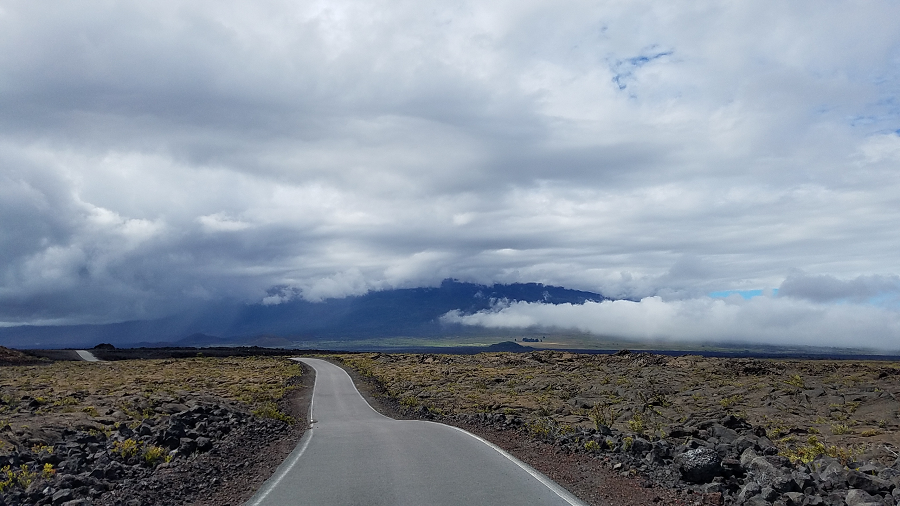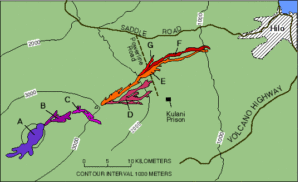
The United States Geological Survey (USGS) is reporting four fresh earthquakes on the Big Island of Hawaii near the Mauna Loa volcano; there appears to be no imminent threat of volcanic eruption nor is there any tsunami threat around Hawaii or beyond from today’s seismic activity.
Mauna Loa, known as the world’s largest active volcano, has been showing increased signs of life since January, prompting the USGS to urge people to prepare for an inevitable eruption there. Advice such as preparing “go bags” and developing communications plans has been shared with people living and visiting Hawaii Island in recent days.
The strongest quake, a 3.5, struck at 8:23am local time. It was followed by a 3.1 at 8:27am, a 2.5 at 8:50am, and a 2.7 at 9:25am.
Because the earthquakes didn’t exceed a 5.0 magnitude rating, the National Weather Service’s Pacific Tsunami Warning Center did not issue any bulletin for the earthquakes that struck so far today.
Today’s 3.5 was the second strongest quake this week, with the strongest being a 4.1 on Sunday. In the last 24 hours, there have been more than 40 earthquakes with a magnitude 1.5 or greater, 202 quakes in the last 7 days, 705 in the last 30 days, and 6,891 in the last 365 days.
Mauna Loa is considered the largest active volcano on Earth, rising to 13,681 feet above sea level. Mauna Loa rises up from the ocean floor of the Central Pacific at a depth of about 3 miles. Because of the volcano’s significant mass, the ocean floor directly beneath Mauna Loa is depressed by another 5 miles. According to the USGS, this places Mauna Loa’s summit about 56,000 feet above its base; the enormous volcano covers half of the island of Hawaii, also known simply as the “Big Island” of Hawaii.
According to USGS, while Mauna Loa is not erupting right now , rates of deformation and seismicity remain elevated above long-term background levels. GPS measurements continue to show slow, long-term summit inflation consistent with magma supply to the volcano’s shallow storage system. A slight increase in the rate of inflation that began in January continues.

Scientists are certain Mauna Loa will erupt again, they aren’t sure when the next eruption will take place at the volcano nor are they sure who will be impacted by such hazards. Previous flows impacted the communities of Puako and Waikoloa Beach on the northwest coast, Kailua-Kona and Captain Cook on the west coast, Milolii and Ocean View on the southwest coast, and Hilo on the east coast. Because of the wide range of impacts in past eruption events, the USGS is encouraging people island-wide to prepare for the possibility of renewed volcanic activity. Beyond the hazards of fast moving lava flows, there could be toxic volcanic gases and a volcanic haze known as vog, as well as fall-out of volcanic debris such as ash or volcanic glass.
Mauna Loa’s last eruption was in 1984. From March 24 through to April 15, lava spilled near the summit and from additional fissures downslope towards Hilo. The flows stopped roughly 4 miles outside of Hilo’s city limits. There has been no lava on the surface of Mauna Loa since.